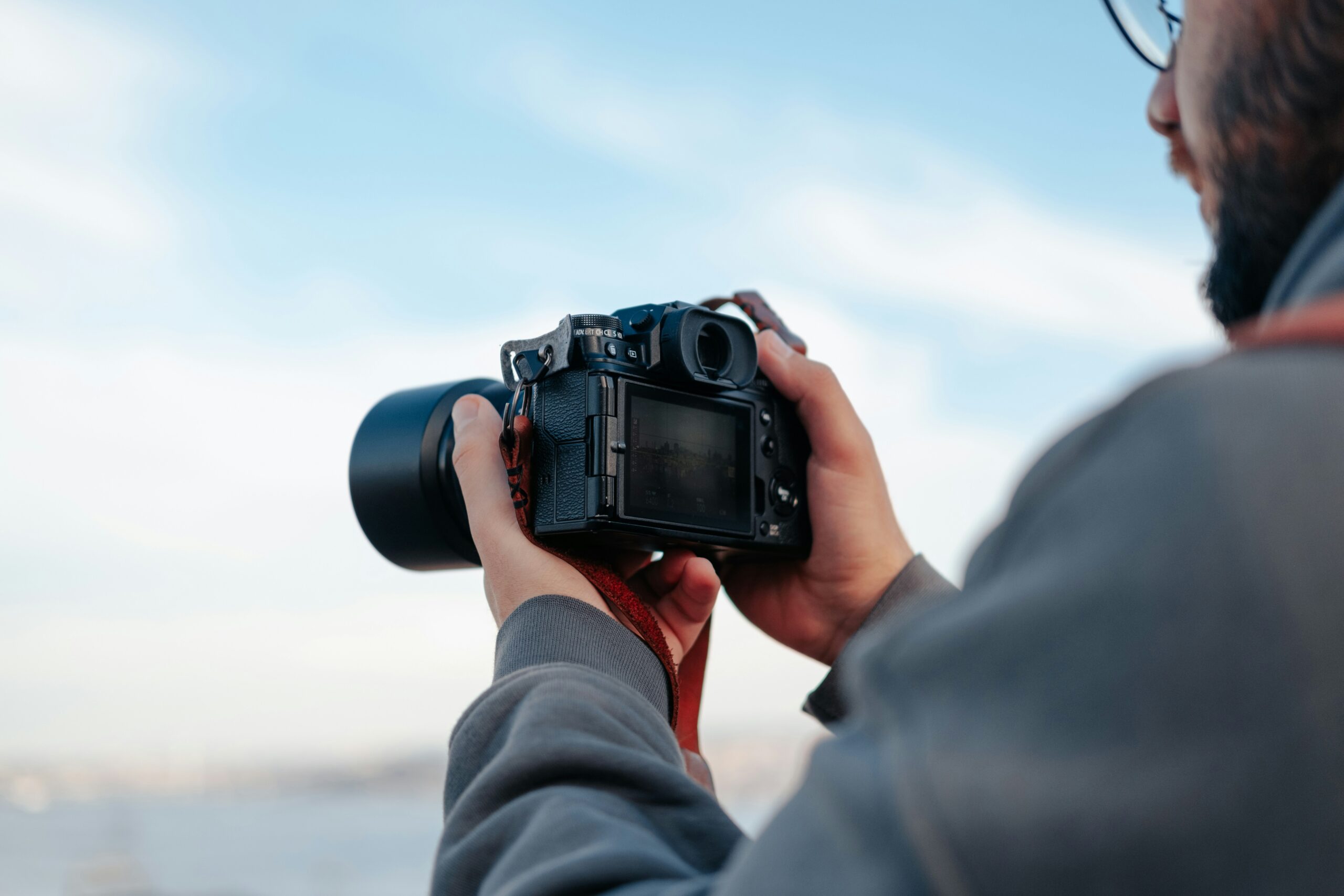
Photography is a captivating and creative hobby that allows you to capture moments, tell stories, and express yourself visually. However, if you’re eager to take your photography beyond the basics and truly hone your craft, you must push yourself. Transforming your amateur photography into a passion requires dedication, practice, and a willingness to explore new techniques. Below are some steps to help you elevate your skills and take your photography to the next level.
Master Your Camera Settings
The first step in advancing your photography skills is understanding your camera fully. Whether you’re using a DSLR, mirrorless camera, or even a smartphone, learning how to manipulate the settings is crucial. Start by familiarizing yourself with the different modes, like aperture priority, shutter priority, and manual mode.
Shooting in manual mode allows you to gain complete control over exposure, shutter speed, and ISO. Experimenting with these settings will help you better understand how they affect the final image. For instance, adjusting the aperture can change the depth of the field, creating dramatic backgrounds or focusing entirely on the subject. Shutter speed, however, is essential for freezing motion or creating motion blur for a more artistic effect.
Understand the Art of Composition
Composition plays a significant role in photography. Great images aren’t just about capturing the subject, but how it’s arranged within the frame. While the rule of thirds is a fundamental starting point, don’t be afraid to experiment with other compositional techniques like leading lines, framing, and symmetry. These elements can add depth, interest, and balance to your photographs.
Pay attention to the background as well. A cluttered or distracting background can detract from the subject, so try blurring it with a shallow depth of field or changing your angle to avoid unwanted distractions. Sometimes, a well-placed object in the background can add context or tell a more compelling story.
Experiment with Lighting Techniques
Lighting is the most critical element in photography, yet beginners often overlook it. The right light can dramatically change the mood and tone of your photos, making even the most straightforward subjects look stunning. Learn how to work with natural and artificial lighting sources to see how they impact your work.
For instance, shooting during the golden hour—either early morning or late afternoon—provides soft, warm lighting that enhances colors and shadows. If you’re shooting indoors, experiment with different light sources, such as softboxes, reflectors, or even natural window light. By experimenting with various lighting setups, you’ll better understand how light shapes your photographs and how to manipulate it to get the desired effect.
Practice Post-Processing Techniques
While capturing the perfect image in-camera is essential, the editing process is where you can refine your photos. Post-processing allows you to enhance colors, correct exposure issues, and crop or straighten images for a polished final product. Tools like Adobe Lightroom and Photoshop are industry standards for photo editing and offer a wide range of features to perfect your images.
Start with basic adjustments, such as exposure, contrast, and white balance, and gradually experiment with more advanced techniques, like sharpening, noise reduction, and creating a mood with color grading. Be careful not to overdo it—subtlety often leads to the most professional-looking results. As you continue to practice, you’ll develop your editing style that reflects your personality and vision as a photographer.
Expand Your Knowledge and Stay Inspired
Photography is an ever-evolving field, with new techniques, technologies, and styles constantly emerging. It’s essential to stay ahead of the curve to educate yourself continually. There are countless online resources, from photography blogs and YouTube channels to online courses, where you can learn new tips and tricks.
Additionally, immerse yourself in the work of other photographers. Whether through photography books, exhibitions, or social media platforms like Instagram and Pinterest, looking at different styles and approaches will inspire you to try new things and refine your technique. Engage with the photography community to exchange ideas and get feedback on your work, as constructive criticism can help you see your photography from a different perspective.
Invest in Equipment When Necessary
As your skills improve, your current gear no longer meets your growing needs. While good photography can be achieved with almost any camera, upgrading your equipment can help you further your photography. However, it’s important to remember that a new lens or camera won’t automatically make you a better photographer—skills come first.
When choosing new equipment, consider your specific needs. A better lens, for example, can enhance your ability to shoot in low light or create more shallow depth of field effects. Tripods, camera bags, and external flashes are other essential accessories that make your shooting experience more comfortable and efficient.
Final Thoughts
Taking your amateur photography to the next level is a journey that requires continuous learning, practice, and experimentation. Mastering your camera settings, refining your composition, experimenting with light, and learning post-processing can transform your hobby into a true passion. Keep challenging yourself, stay curious, and never stop exploring the vast world of photography. Over time, your skills will grow, and your love for photography will only deepen.